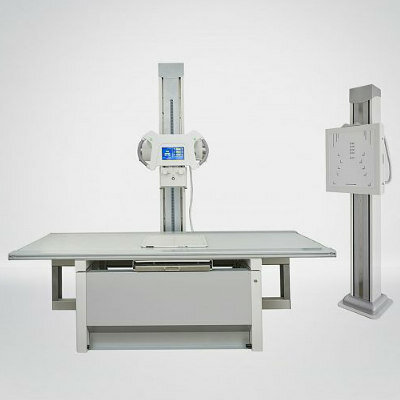IMRT White Paper Addresses Radiation Therapy Safety Issue
By MedImaging International staff writers
Posted on 02 Aug 2011
An American radiologic oncology society has developed a white paper, the first in a series of such papers, on the safe use of integrating intensity-modulated radiation therapy (IMRT) into the radiation oncology clinic. Posted on 02 Aug 2011
The paper is part of a Target Safely initiative by the American Society for Radiation Oncology (ASTRO; Fairfax, VA, USA). The executive summary of this white paper is published in the July 2011 print issue of the journal Practical Radiation Oncology (PRO), ASTRO’s clinical practice journal.
Radiation therapy has been used safely and effectively for more than 100 years to treat cancer. In the past few decades, researchers have created new techniques for delivering radiation that further target the tumor while sparing nearby healthy tissue, thus improving the chances of a cure while minimizing side effects. One such technique is called intensity-modulated radiation therapy (IMRT).
IMRT is a remarkable advance in the safe and effective delivery of radiation. However, it also requires much more time and resources from cancer clinics, radiation oncologists, physicists, radiation therapists, dosimetrists, nurses, and their support staff to be done correctly. Errors in radiation therapy are extremely rare, but ASTRO’s leadership realizes that even one error is unacceptable, which is why ASTRO began the Target Safely initiative to help the radiation oncology community further prevent treatment delivery mistakes.
The main concerns raised in this white paper: (1) IMRT is a time- and resource-intensive procedure. Practitioners must work together as a team to address environmental and technical concerns to improve patient safety. (2) Timely treatment is important. However, pressure and real-time changes to treatment plans can lead to errors. This report encourages the use of standard operating procedures and “forced time outs” to assure adequate time to perform reviews or quality assurance at key points in the process.
Team members need to acknowledge that delays in initiation of treatment may be necessary to allow adequate time for quality assurance checks and to investigate any problems discovered. The report also provides practical guidance that radiation oncology treatment teams can utilize in their clinics to improve safety. This guidance includes identifying the major components of an IMRT system, an example of the roles and responsibilities within the IMRT planning and delivery process, a list of examples of possible complications that may occur within the process along with possible remedial actions, and a list of recommendations to guard against catastrophic failures for IMRT.
“Intensity-modulated radiation therapy has been a tremendous advance in the way we treat patients by improving the planning and delivery of radiation therapy. IMRT and other advances in radiation therapy can be used to deliver high doses to tumors while decreasing the dose to healthy tissues,” Jean M. Moran, PhD, lead author of the study, associate professor and the associate division director for clinical physics at the University of Michigan Medical Center (Ann Arbor, MI, USA), said. “IMRT is, however, incredibly time and resource intensive. It involves the use of sophisticated software and delivery systems and many hand-offs between team members throughout the simulation, planning, and delivery process. It is our hope that practitioners will use the tools and techniques presented in this document to reassess and strengthen their own IMRT programs.”
Related Links:
American Society for Radiation Oncology
University of Michigan Medical Center














